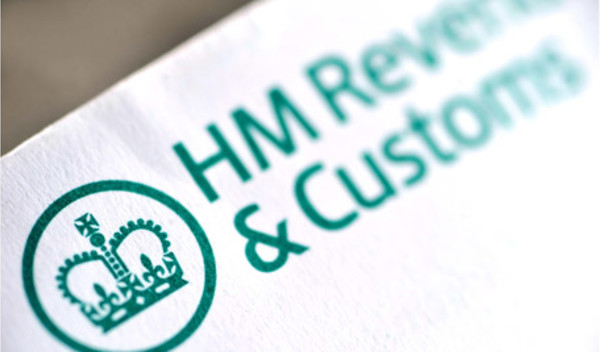

Millions of savers will not receive an update on their contracted-out state pension after the HM Revenue & Customs (HMRC) decided not to send these statements.
Last year, the taxman said it would send letters to members of private and public sector schemes who had been “contracted out” of the state second pension between 1978 and 1997.
The HMRC plan was to send letters to individuals with details of their contracting out history from December 2018, a date by when most retirement schemes should have completed the reconciliation of their information with the taxman.
This would have allowed savers to check for mistakes in the calculations of the final values but HMRC has dropped the plan.
HMRC agreed with the Department for Work and Pensions that it “won’t send any communications to individuals as previously planned”.
“This change is being made because there have been developments in the provision of pension scheme information since we first started the changes to end contracting-out,” HMRC said.
The taxman said this information is available in the Check your State Pension service, which includes full details of all national insurance contributions for each year.
The benefit of contracting out was that both employer and worker had a reduction in their National Insurance contribution and the scheme had to provide a guaranteed minimum pension (GMP), which would be comparable to the state pension.
But the introduction of a flat-rate system in the state pension in April 2016 meant some people are receiving the full flat rate, while others get a different amount based on their National Insurance contribution record.
At the time, discrepancies were uncovered between employers’ records and those held by HMRC, leading to suggestions that people may be given erroneous state pension payments.
Data on the contracting out record is crucial to determining savers final entitlement under the flat-rate system.
Such information has been collected manually since 1978, so errors are therefore more likely to occur between what schemes and the government holds.
Malcolm Mclean, senior consultant with Barnett Waddingham, said if the state pension calculations are based on wrong information, “it might mean that the deductions made in the calculations are also wrong”.
He said: “Therefore, for people that are reaching their state pension age in the next five years, it could mean that they will get less of a state pension that they should do, because the figures are wrong.”
Mr Mclean argued “the department knows that they will be opening a can of worms if they start sending out millions of statements about contracting out details”.
He said: “First, people won't understand it, and second, the figures might be wrong and people might start to question.
“The reality is that there is a number of people, perhaps millions, who may well lose out for having a wrong GMP and wrong contracting out values.”
maria.espadinha@ft.com



